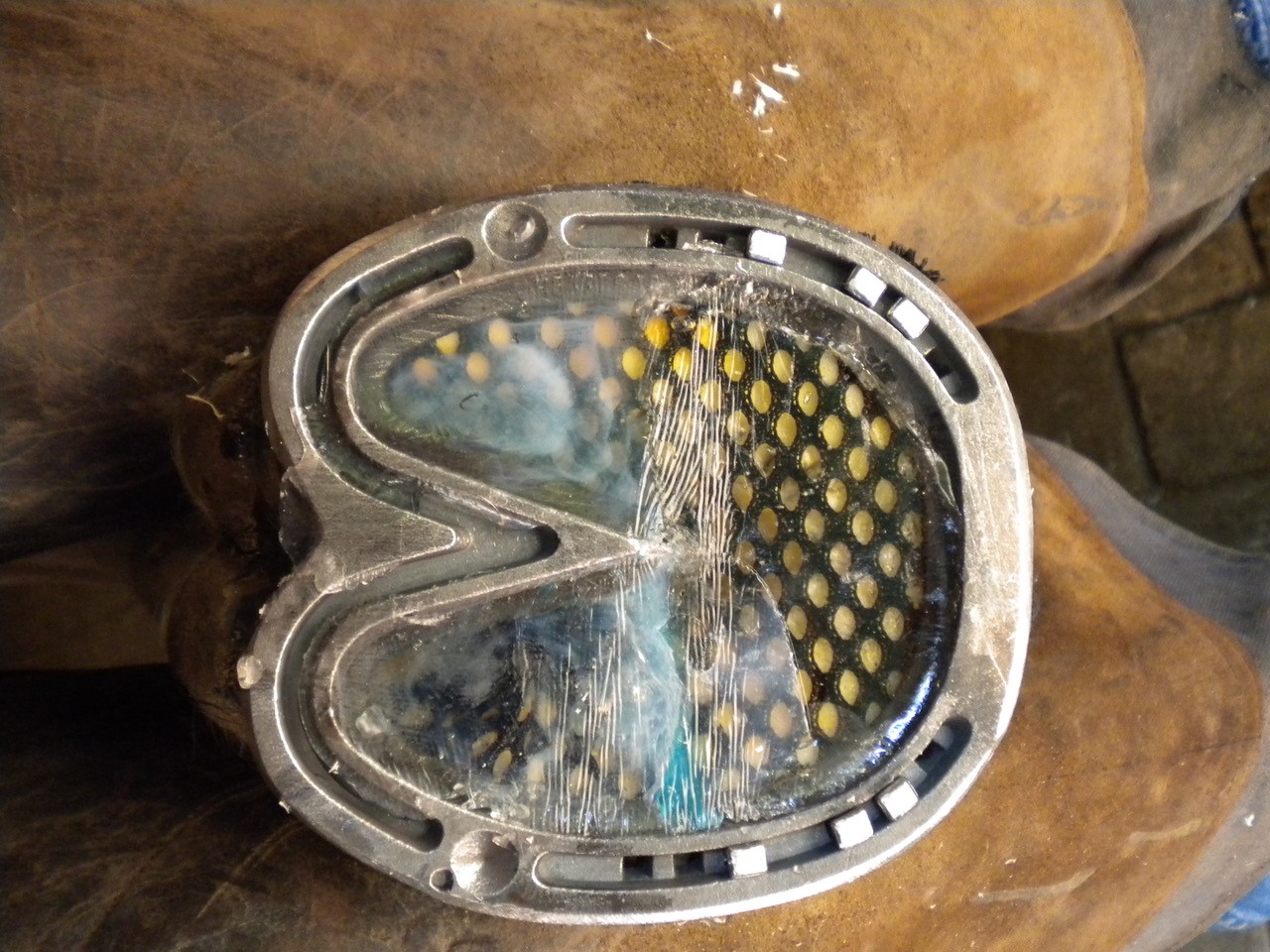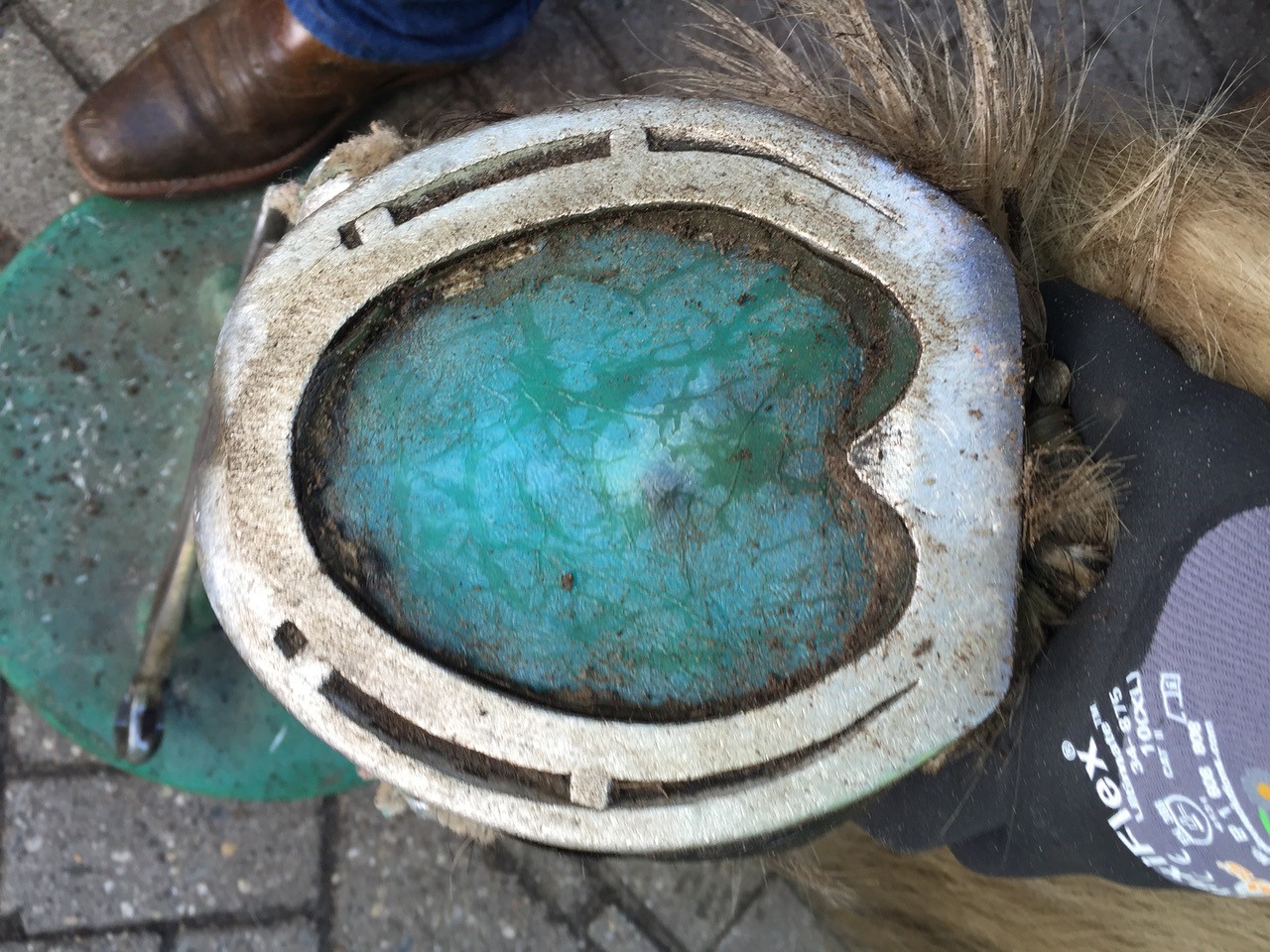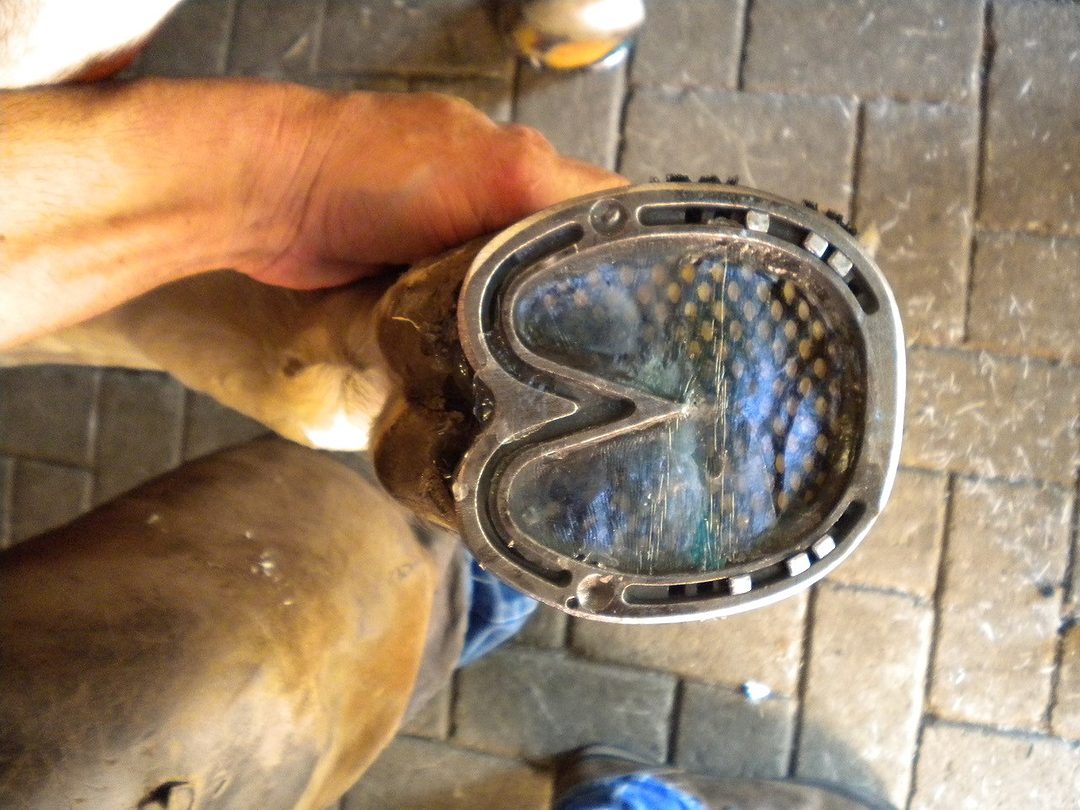The coffin bone, also known as the pedal bone or the distal phalanx, is the bottommost bone within a horse’s leg, similar to the tip of a human finger. Although uncommon, coffin bone injuries are both serious and dangerous as the hoof capsule is shaped around this particular bone. To maintain horse health, it is important to provide proper hoof care and to take action if a horse develops a coffin bone injury.

Identifying a Coffin Bone Fracture
Coffin bone fractures are likely caused by a traumatic injury to the outside of the hoof wall. This type of fracture can result from something as simple as a horse stepping on a rock, hitting a fence or applying too much weight on a single foot.
Sudden lameness after physical activity is a major indication of a coffin bone fracture. However, lameness can vary from moderate to severe based on the location of the fracture. Other common symptoms to look for include excess limping, unequal distribution of weight and an accelerated pulse.
Typically, veterinarians use radiographs (x-rays) when diagnosing a coffin bone injury. It is essential to take a minimum of five views from different angles to best evaluate the injury. These tools help determine the location and severity of the fracture, so hoof-care professionals can establish a proper treatment plan. As a porous bone, this injury generally heals after 12 weeks of treatment.
Treating a Coffin Bone Injury
The most important element when treating a coffin bone injury is to deter movement of the hoof wall. To accomplish this, horse owners, farriers and veterinarians should collaborate and consider these best practices to restrict and heal the fracture:
- Shoeing – Depending on the type of fracture, applying a bar shoe to a horse with a pedal bone injury can help immobilize the bone. Bar shoes, circular shoes that join the heels of a horse, stabilize and minimize outward movement of the hoof capsule. For a timely healing process, it is crucial to reduce outward movement by encapsulating the hoof wall and the ground surface.
- Pour-in Pads – To add extra protection and support, pour-in pads products like Equi-Pak CS from Vettec are made of urethane adhesive that bonds to the sole and produces a soft, resilient supportive pad material. The material also helps suspend movement by widening the bulbs and distributing weight evenly throughout the foot. Pour-in pads elevate the pressure off the coffin bone to make horses more comfortable throughout the healing process.
Talk with a farrier or veterinarian about how to diagnose and treat coffin bone fractures, and how pour-in pad materials can be a helpful tool during and after the healing process.










Post a comment
Report Abusive Comment